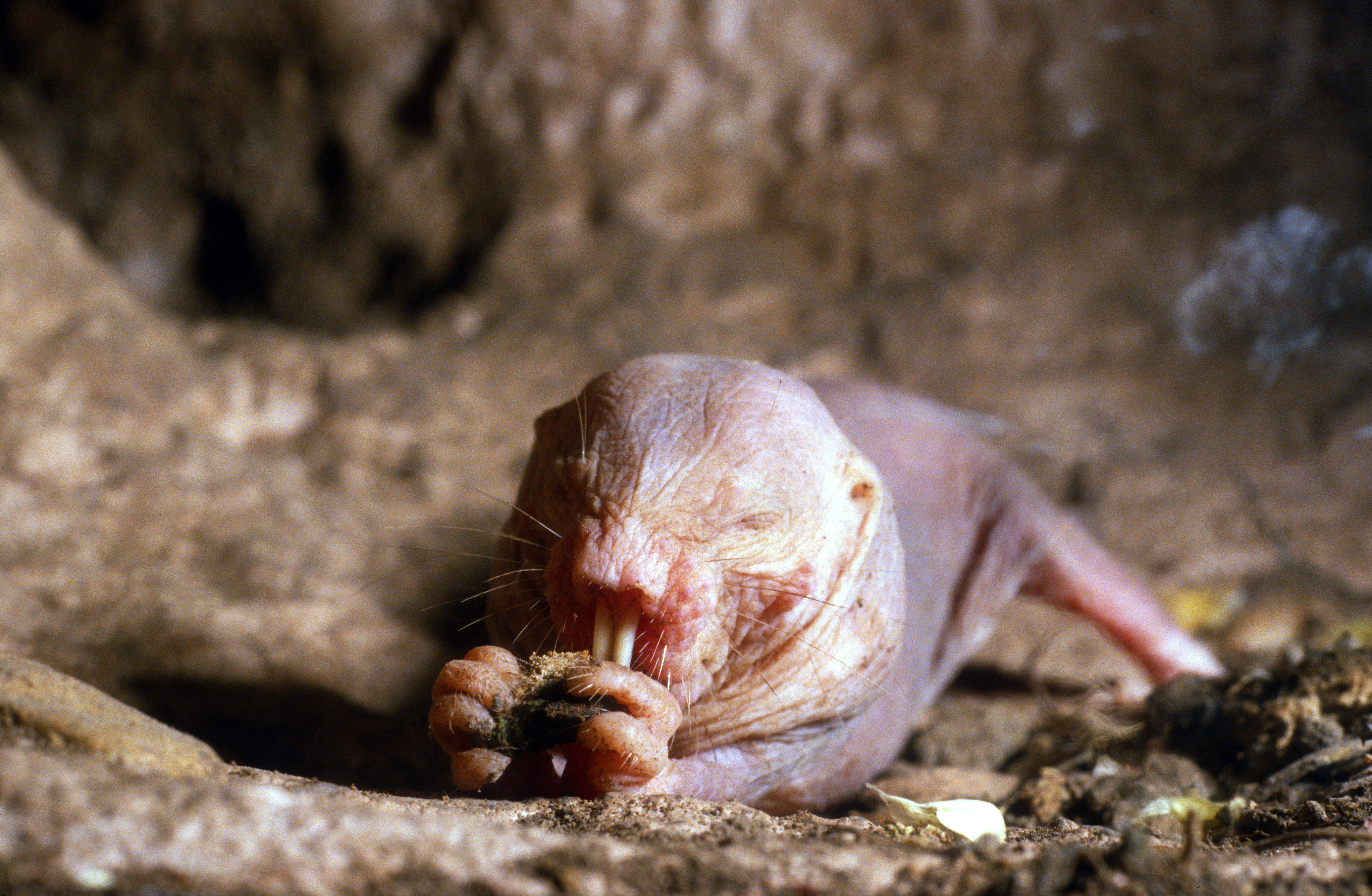
There are plenty of good reasons to preserve wildlife and their ecosystems, but if you need one major motivator to step up the conservation game, it’s certain animals’ relationships to western medicine. Thanks to genetic similarities, inspiring biological makeups, and naturally occurring chemicals, there are plenty of animals out there that could be key to curing devastating human diseases and ailments.
For example…
Platypus and diabetes

These egg-laying mammals may be fascinating to look at, but scientists are interesting in them for a whole other reason. According to researchers, the venom of a duck-billed platypus (yep, males produce venom during breeding season) could be used as a potential treatment for type 2 diabetes. Apparently their venom contains the hormone GLP-1, a peptide that could fuel insulin and help to lower blood glucose.
Bears and Alzheimer’s

If you’re exhausted, having a bear nap might sound like a grand idea. But scientists are fascinated by the animal’s hibernation patterns for more than just their ability to sleep for weeks at a time: bears could be the key to helping treat Alzheimer’s disease. When bears settle in for their winter nap, roughly 20 to 30 per cent of their synapses (the connections between brain cells) are lost. But when they wake up, those synapses are restored and no memory loss occurred. Scientists believe that could be due to a “cold-shock” chemical called RBM3, and now they’re researching whether that can be used to help repair synapses in the human brain as well.
Sharks and Parkinson’s

Several years ago scientists realized that a cholesterol-like compound found in dogfish sharks’ tissue, called squalamine, might be able to fight certain human diseases like dengue fever and hepatitis. Fast forward to today and researchers now believe that a synthesized version of the steroid could also prevent the buildup of a protein that causes neurodegenerative diseases like Parkinson’s. One of the best parts? The synthesized squalamine uses zero actual shark tissue.
Rats and cancer

Naked mole rats sure aren’t pretty to look at, but these buck-toothed rodents seem to know the key to life. These creatures have the longest lifespan of all rodents (roughly 30 years), but even more impressive is the fact that they seem to be immune to cancer. Scientists believe that’s because of an “anticancer mechanism called cellular senescense.” While researchers are obviously pretty excited to see if they can apply that mechanism to humans, there is a downside: it also seems to accelerate aging.
Vipers and high blood pressure

When vipers bite, they release a venom that causes humans to experience a drop in blood pressure. And while that’s bad news for regular victims of random snake bites, it does lead to interesting research. Hypertension is a huge contributor to heart disease, which makes the idea of using viper venom to help lower it an appealing one for sure. In fact, the Brazilian pit viper’s venom is currently the source of one of the most commonly prescribed drugs for hypertension.
Fish and obesity

Zebrafish are pretty cool to look at thanks to their glowing stripes and small shape, but as it turns out what they’ve got going on inside is also of interest to humans. According to scientists these fish produce a compound that regulates their metabolism, and now researchers are hoping that same compound can somehow translate into controlling human obesity and type 2 diabetes.
Lobsters and concussions

If you’ve ever tried to eat one of these crustaceans, you know their shell is pretty tough to crack. While some would pass the garlic butter and move on, researchers got to wondering if concussion-proof helmets might be built using the same kind of shell structure. Before you go picturing actual lobster-shell helmets though, know scientists are simply interested in recreating the stacked-fiber-like structure of lobster shells, and not using the animals themselves.
Sea sponges and infections

Antibiotic resistance is a real thing, as it can cause formerly treatable illnesses to morph into dangerous infections, especially in hospitals and care centres where patients are at a greater risk for developing an infection. Enter deep-sea sponges and their potential healing properties; the sponges contain microbes that scientists are now cultivating into antibiotic compounds thanks to their unique cellular makeup.
